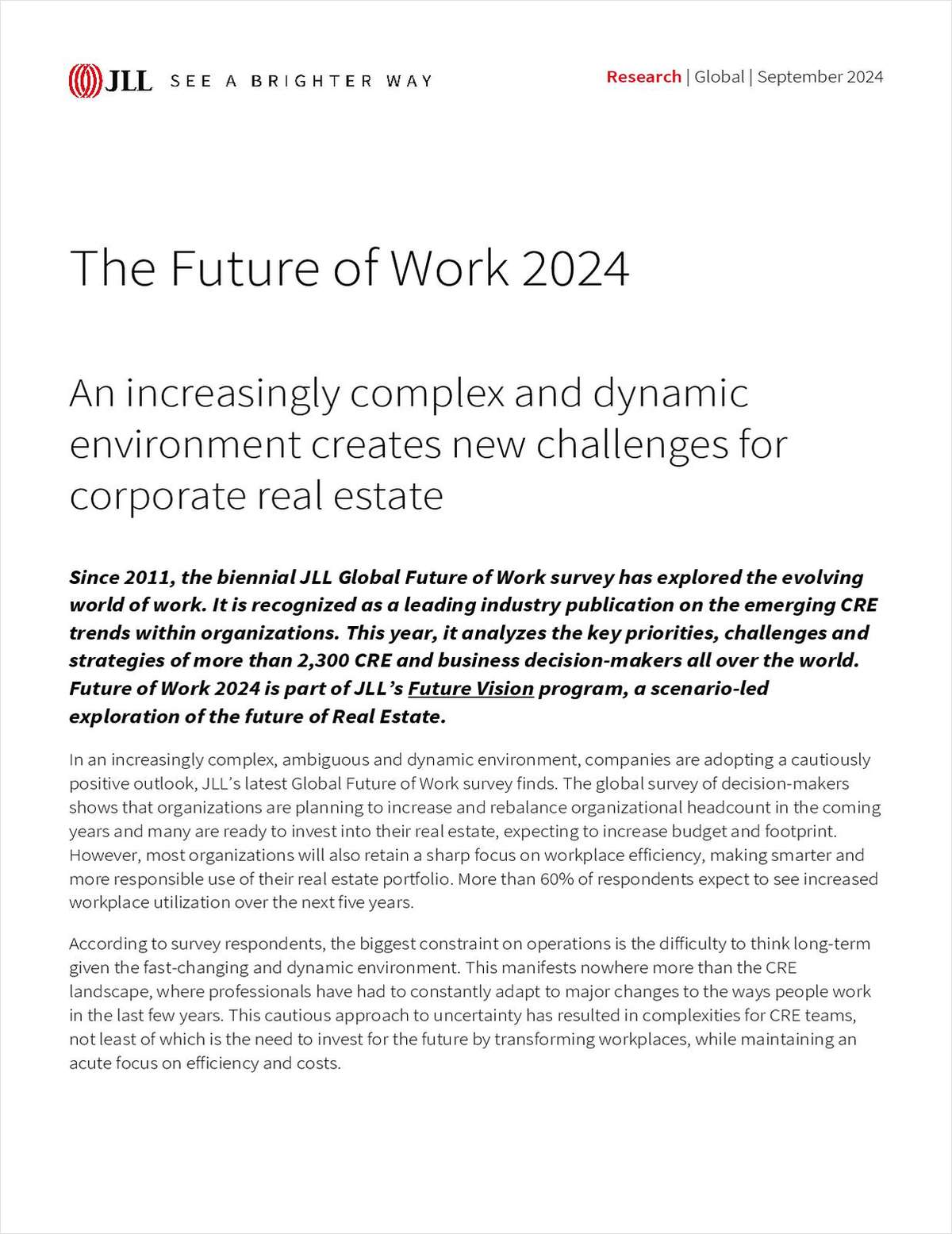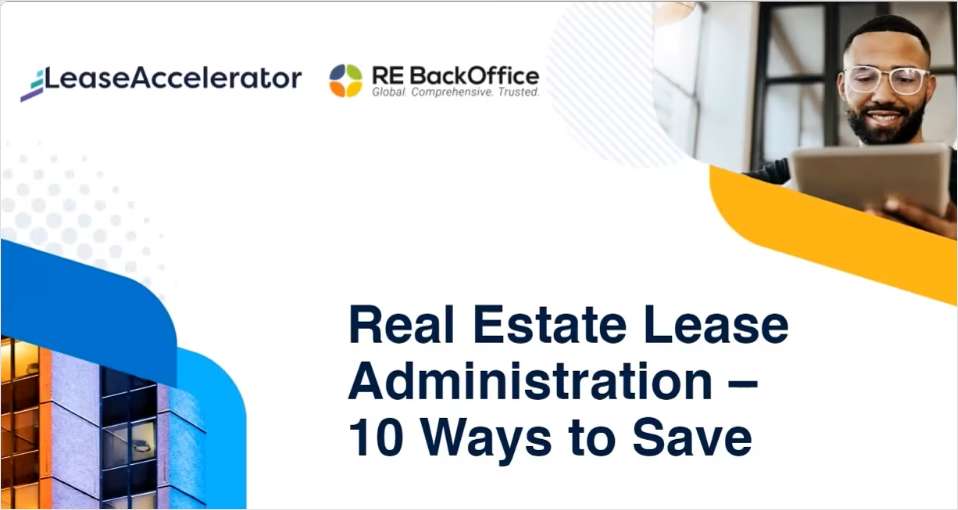TORONTO—Most Americans may not think about Canada much, but this week NAIOP went north to Toronto for its fall conference and helped emphasize the country's growing importance to the world of commercial real estate. It is the first time the organization has held the conference here since the 1990s, and the biggest change since then has been the emergence of Canada as a crucial supplier of capital to the American market. In a Wednesday morning session, the organization brought together a panel of several key players in Canadian real estate to get their take on why so much money has flowed south in recent years. And all agreed the onset of the financial crisis was the key event.
Most importantly, however calamitous the recession's impact in the US, “there wasn't distress in the Canadian market,” said Peter Ballon, managing director and head of real estate investments for the Americas at the Canada Pension Plan Investment Board. “It didn't do anything; it was the complete opposite of the US.” Canada's real estate market is also much more stable than its US counterpart, and historically properties trade less frequently. Therefore, when they have funds to invest Canadians often look abroad, and that usually means properties down south.
“The US was starving for capital at the time,” added Micheal Dal Bello, senior vice president, real estate of the Alberta Investment Management Corp., which, for a few years at least, made the two neighbors a perfect match.
“The stars aligned,” said Dean Shapiro, SVP, investments–USA, for Oxford Properties, a company with a 56 million square foot commercial portfolio. “Given the fact that we're careful investors, the US was a logical step for us,” primarily due to that market's transparency. “We hit the ground running and have now invested billions.”
But in the past couple of years, “that situation has certainly changed,” according to moderator Karen Brennan, international director and head of Americas custom accounts at LaSalle Investment Management. Vast amounts of capital now slosh around the US, looking for deals in both gateway and secondary markets, driving up prices and depressing returns. She asked the panelists whether this had changed their outlook on the American market.
“There is no doubt that in the past few years we have pulled back from the US,” said Ballon. “We filled up our bucket and achieved what we wanted.” The market, especially the gateways, still have very strong fundamentals, but the prices they now encounter have slowed acquisitions. Still, the pension board has not ended its search for solid returns in the US. It remains active in multifamily and other sectors. In fact, “we've been moving up the risk curve a bit by doing development.”
“We look to find the occasional jewel,” said Dal Bello, although his company tends to keep its focus on gateway cities such as New York, San Francisco, Los Angeles and others.
The panelists seemed in agreement that the search for higher returns does not mean secondary and tertiary cities in the US can expect much investment from Canadians. “Like most foreign investors, we stick with the gateway cities for the most part,” said Ballon, especially when it comes to office. However, some cities that don't pop up on the radar of most investors as great office markets can have impressive industrial properties. For example, “Memphis has a very attractive industrial sector because of the presence of Federal Express.”
Brennan concluded the morning's discussion by asking how the panelists approach new markets, whether in the US, Asia or Latin America. And, as might be expected of Canadians, they advised caution. Shapiro advises everyone considering that route to take the time needed to understand a new market and find trustworthy local partners. “Pick a handful of markets and go deep.”
© 2024 ALM Global, LLC, All Rights Reserved. Request academic re-use from www.copyright.com. All other uses, submit a request to [email protected]. For more information visit Asset & Logo Licensing.








